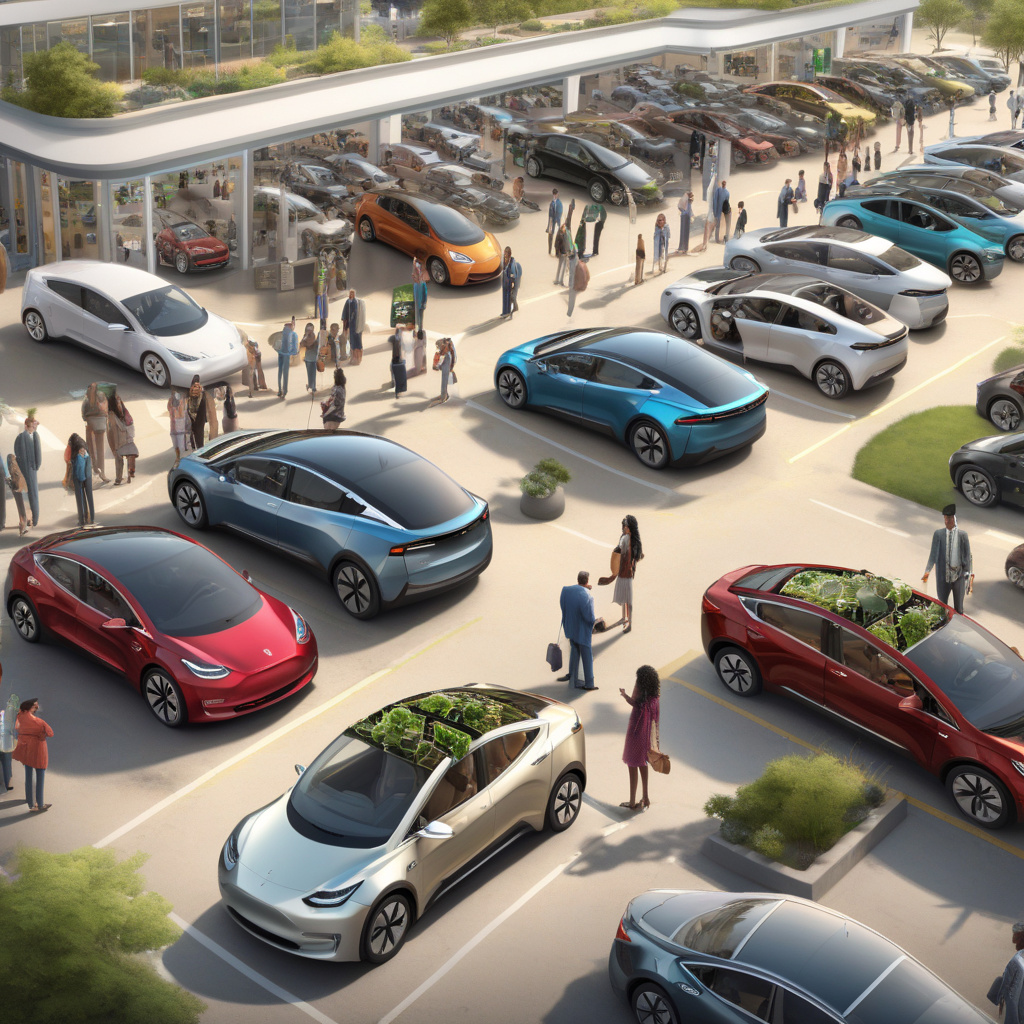The US electric vehicle (EV) market is at a crossroads, facing a challenging landscape marked by stagnant market share growth, primarily in battery-electric vehicles. Despite a slight uptick in EV sales, the overall market share for these vehicles has hit a standstill. This stagnation comes at a crucial time when high prices and expiring incentives are taking center stage in shaping consumer decisions.
High prices remain a significant barrier to wider EV adoption in the US. While the long-term cost savings of owning an EV are well-documented, the initial upfront price tag continues to deter many prospective buyers. The premium associated with EVs, compared to traditional internal combustion engine vehicles, poses a considerable challenge, especially in a market where affordability plays a pivotal role in purchasing decisions.
Moreover, the expiration of incentives and rebates that once sweetened the deal for EV buyers further complicates the situation. As these incentives phase out or diminish, potential buyers are met with a less compelling value proposition. The reduction or removal of these financial perks erodes one of the key motivators for consumers to make the switch to electric vehicles, thus contributing to the market’s current stagnation.
The convergence of high prices and expiring incentives underscores the need for strategic interventions to reignite momentum in the US EV market. Manufacturers, policymakers, and industry stakeholders must collaborate to address these challenges proactively. Lowering the cost of EV production, enhancing battery technology efficiency, and advocating for sustained incentives are critical steps to drive future growth in EV adoption.
In the face of these obstacles, the industry must also prioritize consumer education and awareness. Highlighting the long-term benefits of EV ownership, such as reduced maintenance costs and environmental impact, can help shift the narrative away from immediate price concerns. Emphasizing the overall value proposition of EVs beyond the purchase price is essential in reshaping consumer perceptions and driving increased adoption.
While the current landscape presents challenges, it also offers opportunities for innovation and collaboration. Manufacturers can leverage advancements in technology to develop more affordable EV models without compromising performance. Policymakers can implement supportive measures to incentivize EV adoption and accelerate the transition to a cleaner transportation ecosystem. By working together towards a common goal, the US EV market can overcome its current hurdles and pave the way for a more sustainable future.
In conclusion, the plateauing market share of EVs in the US signals a critical inflection point for the industry. Addressing the issues of high prices and expiring incentives requires a concerted effort from all stakeholders to chart a path forward. By prioritizing affordability, technological advancement, and consumer education, the US EV market can overcome its current challenges and chart a course towards widespread adoption and sustainability.

